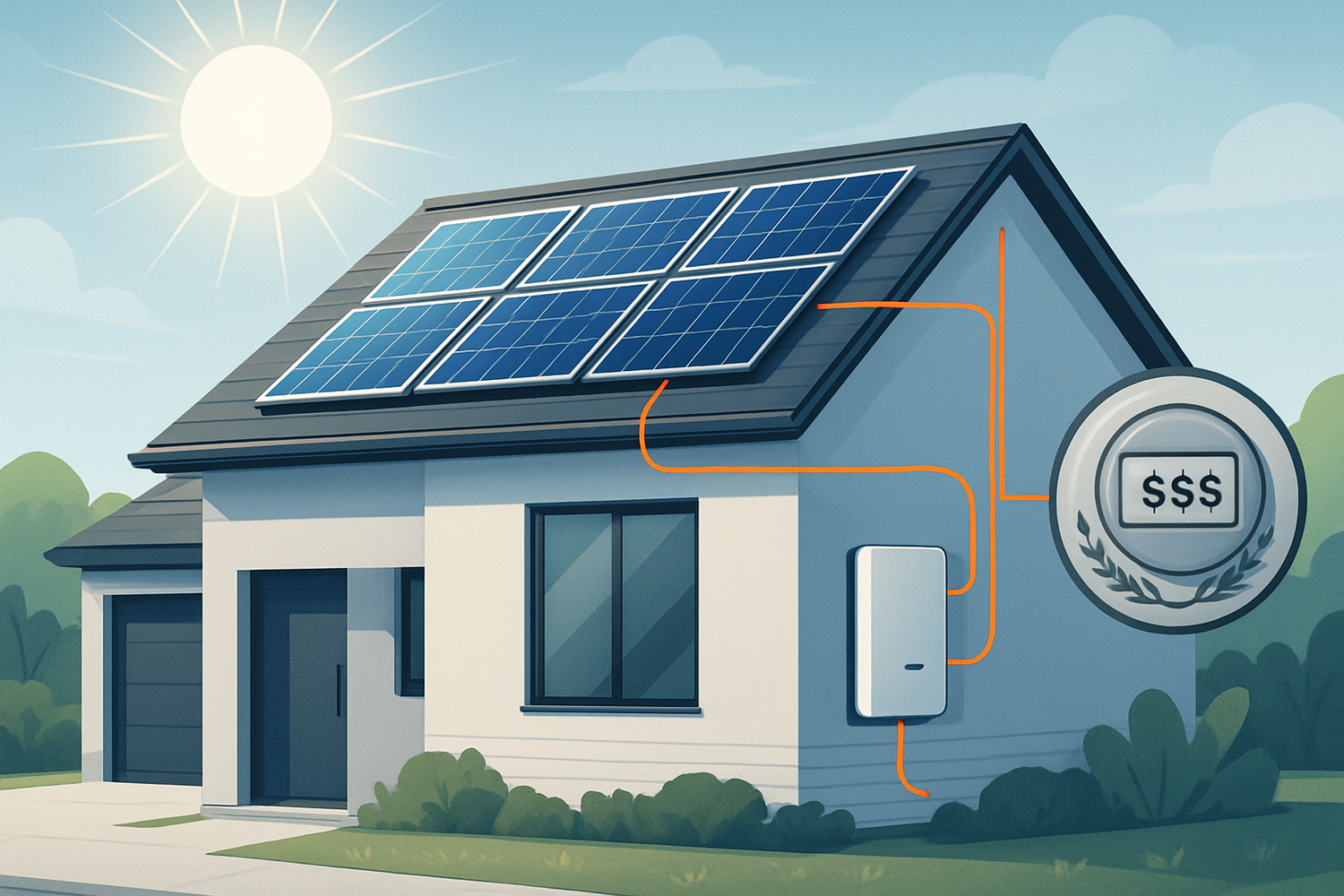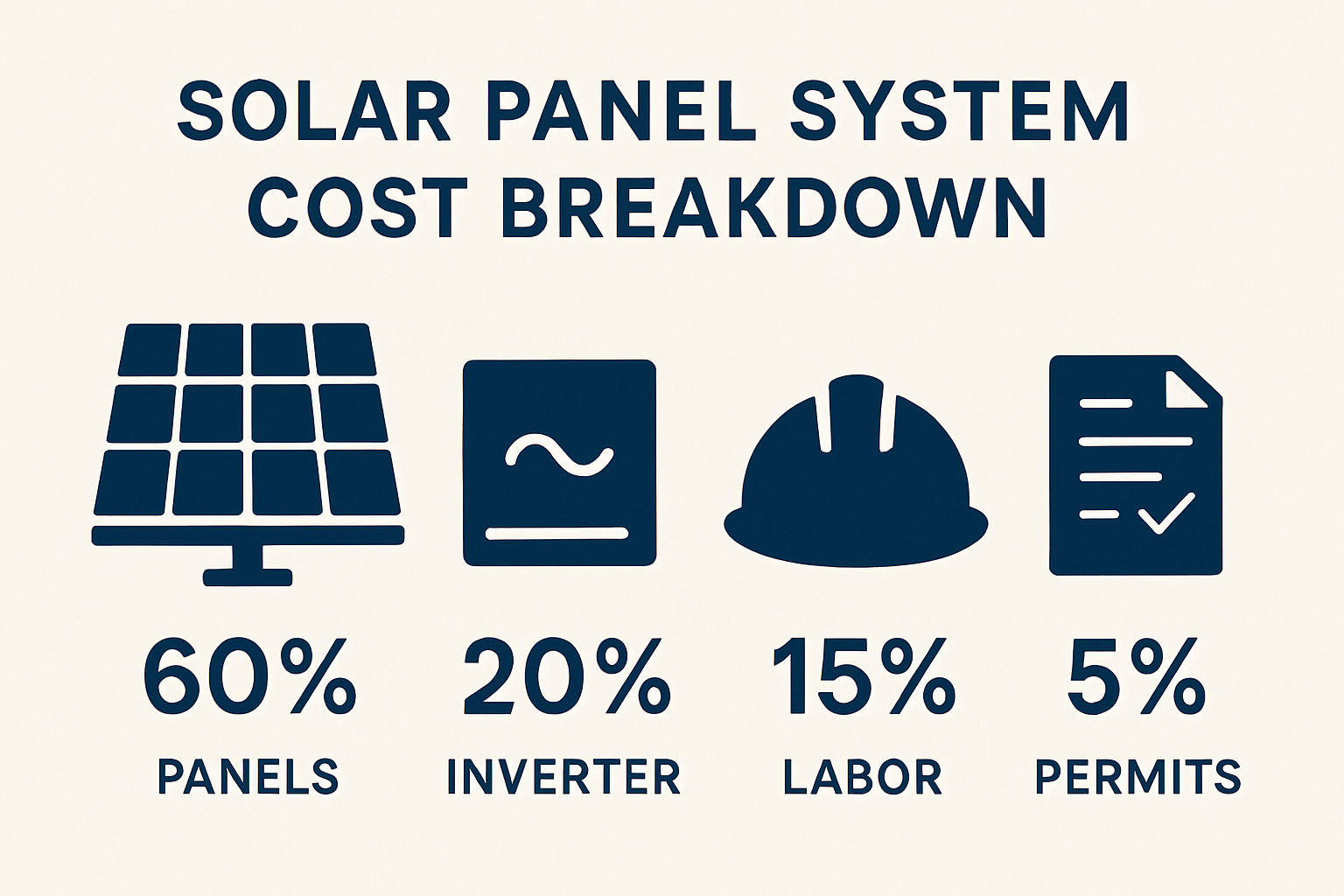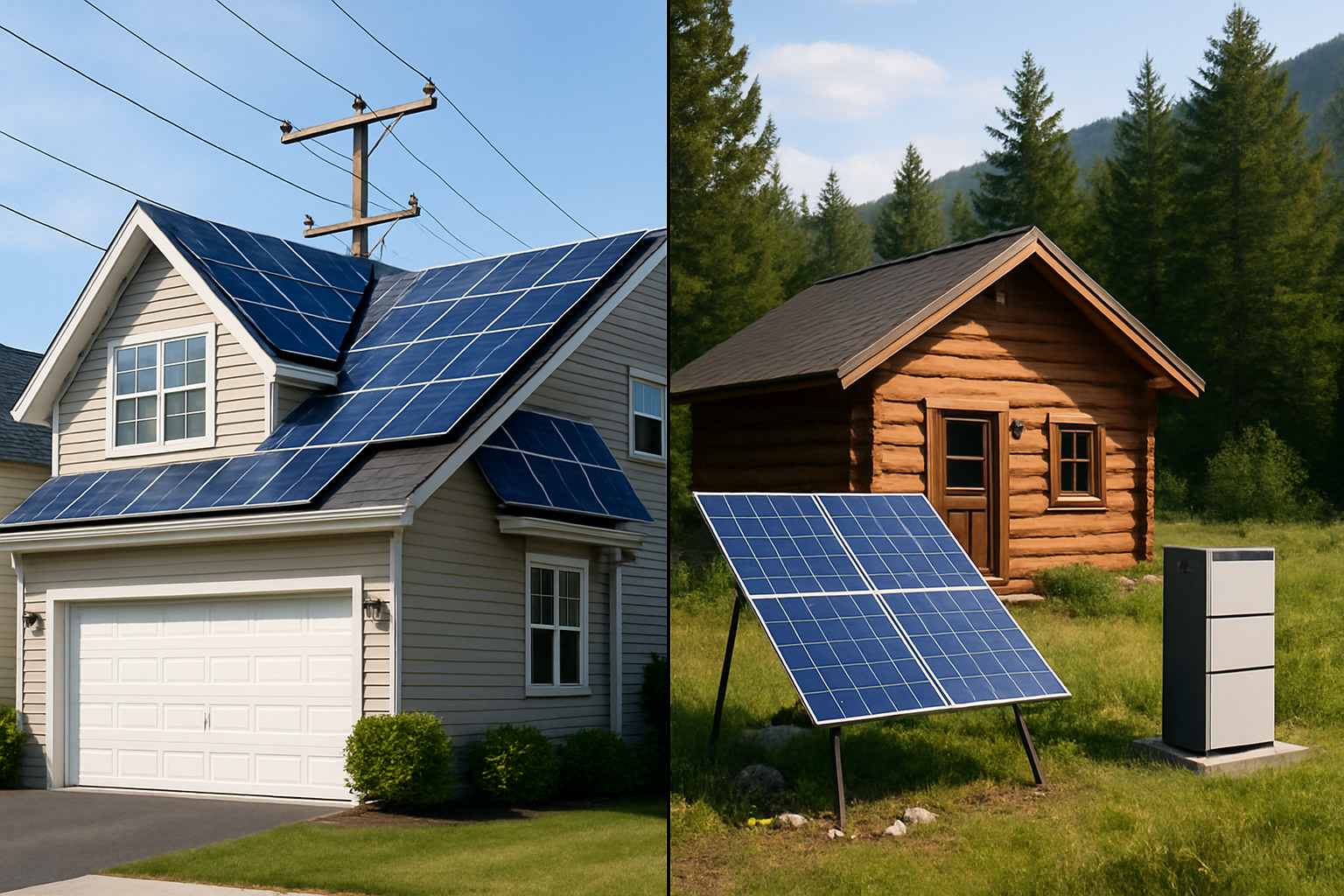Embracing solar energy offers a path to significant savings and greater energy independence. Many people wonder about the true cost of solar panel installation and how quickly they will see a return on their investment. This article provides a clear look at current solar cost trends, average payback periods, and practical strategies to maximize your solar investment.
The Evolving Landscape of Solar Costs
The solar industry has seen remarkable progress, making clean energy more accessible. However, recent years have brought some fluctuations in equipment prices and overall project costs.
Recent Cost Trends and Drivers
For years, solar energy has become increasingly affordable. Globally, capital spending on new generation has set new records annually, primarily driven by strong performances from solar installations. In 2022, China alone added over 100 GW of solar PV capacity, marking an almost 70% increase from 2021. Europe, India, and Brazil also saw annual installations rise by 40% or more, even amidst inflation and supply chain challenges.
Despite this growth, the cost of solar PV modules experienced a notable shift. After falling to a low point in Q3 2020, prices increased by 20% by Q4 2022 due to tight markets for materials and labor. However, module prices began to decline in early 2023 as input costs, such as solar-grade silicon and wafers, decreased and manufacturing capacity expanded, largely in Asia.
Regional Variations in Investment and Costs
The Levelised Cost of Electricity (LCOE) for solar PV and wind, which had consistently fallen for years, increased in 2022. Despite this, these technologies remained a more attractive proposition than fossil fuel power for new generation in most markets.
- In Europe, the average LCOE for solar PV increased by 30% between early 2021 and late 2022. Absolute values, however, remain low, and capital cost pressures are expected to ease in 2023.
- In the United States, LCOEs for solar PV and onshore wind also rose in 2022. Yet, power purchase agreements (PPAs) are set for important reductions thanks to tax extensions included in the Inflation Reduction Act.
- China followed a different path. Debt financing remained favorable due to the People’s Bank of China keeping lending rates low. Capital costs for solar PV increased slightly in 2022 before falling back, while wind capital costs were less affected.
These regional differences highlight the impact of local policies and market conditions on solar investment viability.
Calculating Your Solar Payback Period
Understanding the payback period is key to evaluating your solar panel investment. This period represents the time it takes for your energy savings to offset the initial installation cost.
Factors Influencing Payback
Several factors determine how quickly your solar system pays for itself:
- Initial Investment: The total cost of your solar panel system, including equipment, installation, and permitting.
- Energy Savings: The amount of money you save on electricity bills by generating your own power. This depends on your electricity rates and consumption habits.
- Incentives and Rebates: Government tax credits, state rebates, and local programs can significantly reduce the net cost of your system.
- System Efficiency: The quality and efficiency of your solar panels and inverter directly impact how much electricity your system produces.
- Energy Consumption: Your household's electricity usage patterns influence how much of your generated power you consume versus send back to the grid.
Strategies to Accelerate Payback
You can take proactive steps to shorten your solar payback period and maximize your solar savings:
- Leverage Financial Incentives: Research and apply for all available federal, state, and local incentives. For example, the Inflation Reduction Act in the United States includes significant financial support and tax credits for solar PV and storage.
- Optimize System Sizing: Work with an experienced provider to design a system that precisely matches your energy needs. An oversized system means unnecessary costs, while an undersized system might not meet your electricity demands.
- Integrate Energy Storage Solutions: Pairing solar panels with a home energy storage system, like those featuring LiFePO4 batteries, allows you to store excess solar power generated during the day. You can then use this stored energy at night or during peak-rate hours, reducing reliance on the grid and increasing your self-consumption. This approach significantly enhances energy independence and can shorten your payback time.
- Monitor System Performance: Regularly track your system's output to ensure it operates efficiently. Addressing any issues promptly helps maintain optimal energy production.

Policy Support and Market Growth
Global policies are increasingly supportive of renewable energy, creating a robust environment for solar investments and contributing to lower solar costs over time.
Global Policy Momentum
Governments worldwide are implementing ambitious policies to accelerate clean power investments:
- United States: The Inflation Reduction Act is a major legislative milestone, providing new or extended tax credits for wind, solar PV, and storage based on project investment costs and generation. It also includes tax credits for local manufacturing and grid upgrades.
- European Union: The EU aims to increase renewables deployment, targeting a minimum of 42.5% of final energy consumption by 2030, up from the previous 32% target. The European Commission also proposed a Net Zero Industry Act, aiming for domestic manufacture of up to 40% of Europe’s clean energy technology deployment needs by 2030.
- Asia: Many parts of Asia are also seeing increased policies supporting renewables. Japan is discussing extending nuclear power plant lifetimes, and South Korea’s 10th Electricity Plan incorporates a sharp increase in the share of renewables to 31% by 2036. Indonesia and Viet Nam have also concluded Just Energy Transition Partnerships (JETPs) to accelerate their energy transition.
Overcoming Deployment Challenges
Despite strong policy support, the rapid deployment of solar projects faces challenges. Permitting has been a key concern for investors, especially in Europe, where substantial renewable capacity is awaiting permits, leading to queues well beyond set limits. Governments are enacting policies to address this. Other risks include transmission bottlenecks due to missing or poor-quality grid infrastructure and shortages of skilled labor. Addressing these issues is vital for the continued growth and efficiency of solar energy deployment.
Maximizing Your Solar Investment with Integrated Solutions
To truly lock in lower costs and achieve faster payback, consider integrated solar and energy storage solutions. These systems offer unparalleled reliability and scalability, helping you achieve true energy independence.
The Role of Energy Storage
Energy storage systems are transformative for solar users. Our high-performance, safe, and reliable LiFePO4 batteries are a core component of modern solar setups. They store excess solar energy, making it available when the sun is not shining. This capability reduces your reliance on grid electricity, especially during peak demand times when rates are highest. For properties not connected to the main grid, our off-grid solar solutions provide complete energy autonomy, serving homes, farms, and remote cabins with consistent power.
Smart Inverter Technology
The inverter is the brain of your solar system, converting the direct current (DC) electricity from your solar panels into alternating current (AC) electricity usable by your home. Our solar inverters are designed for efficiency and reliability, ensuring optimal power conversion and seamless integration with both your solar panels and battery storage. When combined with our lithium batteries and solar panels, our home energy storage systems offer a complete, integrated solution for maximizing your solar investment and achieving long-term energy independence.
Your Path to Energy Independence
Investing in solar energy is a strategic move that offers lasting financial benefits and contributes to a sustainable future. By understanding current cost trends, leveraging available incentives, and integrating advanced energy storage solutions, you can significantly reduce your electricity expenses and achieve a faster return on your investment. The global shift towards renewable energy, supported by robust policies, ensures that solar remains a powerful and increasingly affordable choice for securing your energy future.
```




Leave a comment
All comments are moderated before being published.
This site is protected by hCaptcha and the hCaptcha Privacy Policy and Terms of Service apply.